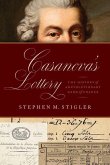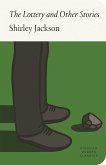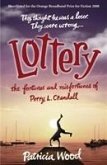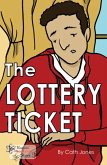"In 1994, historian Stephen Stigler placed a mail-order purchase for a rare bit of ephemera from a French bookstore: a lottery Almanac from 1834. It contained the winning numbers for the entire span of the French Loterie from 1758 onward, including details on prizes actually awarded-difficult data to come by-as well as hand-written notes by an early owner. Stigler was fascinated with what he saw about how the Loterie was carried out, who bought tickets, and what size bets they placed, and so in the decades that followed he amassed booklets, legal documents, advertising bills, notices, contracts, and tickets. His own collection and extensive additional research helped him piece together the Loterie's remarkable inner workings, as well as its implications for how we understand the history of risk more broadly. In the 1750s at the urging of famed philandering adventurer Giocomo Casanova (who had recently escaped from a Venetian prison by means of a sharpened iron, an accomplice, a rope of bed sheets, and a stolen gondola), the French state began to embrace risk in its approach to the Loterie. The prize amounts varied depending on the number of tickets bought, and the amount of the bet was determined by each individual bettor. The state could lose money on any individual lot but was statistically guaranteed it would come out on top in the long run. Stigler follows the Loterie from its curious inception to a 1776 expansion, to its interruption during the French Revolution (but only with the Terror of 1793), to its renewal in 1797 and further expansion, and finally to its suppression in 1836, examining throughout the wider question of how members of the public came to trust in new financial technologies and believe in their value"--








